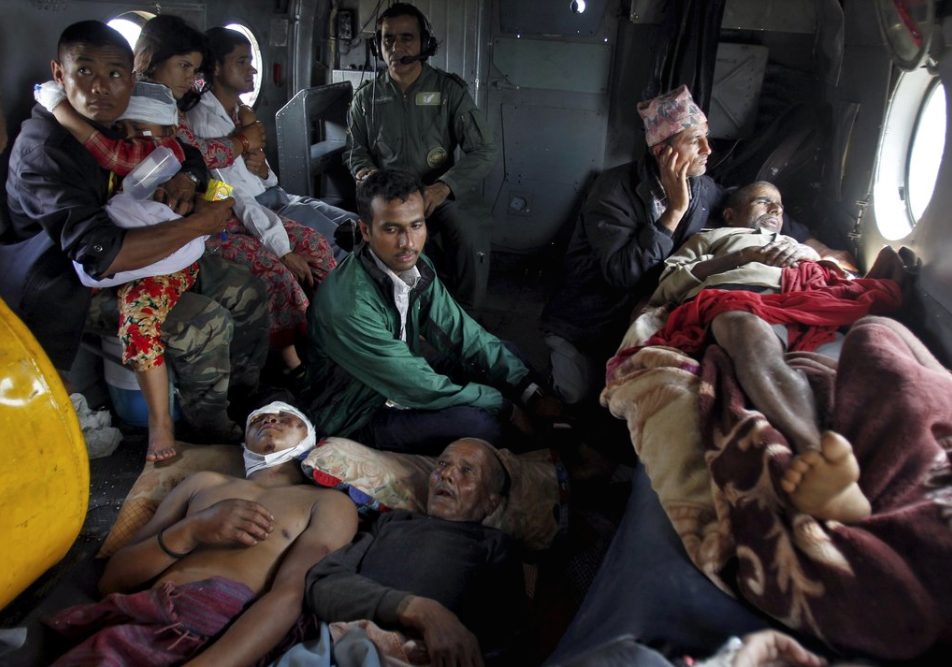I had an opportunity to see Rembrandt’s “The Night Watch” as a teenager and I recall being impressed by the size of the painting, but more than that with the way in which it captured so many different perspectives at once, with folks looking in every which direction. Each gaze within the painting seemed to tell, or perhaps invite, a very different story. I was a somewhat new, amateur photographer at the time, and I remember thinking that the painter here had accomplished something that the photographer could not do – the photographer, I thought, captured a sluice of reality in all of its objectivity, and while the lens could cover a whole landscape it worked most effectively when it focused in closely on details; the painter, on the other hand, did not just capture a scene, but imagined it, and in such imagining there was a special capacity to represent the world in a way that actually “created” it, putting things together that we might not actually see in relationship to one another in the so-called “real,” objective, seeing world. I was young and naïve, of course, but I was also captivated by a fairly common way of thinking about the relationship between painting and photography marked by somewhat rigid distinctions between the real and the imaginary.
Much has changed since the mid-1960s, and we are not so taken anymore with the notion that the distinction between the real and the imaginary is quite so stark –although, oddly enough it does rear its head somewhat regularly. And of course photography is one of the places where we see the problem worked out most clearly. The photograph, of course, is animated by its indexicality, the notion that the thing was actually there. But as with the photograph above, it is also something that in fact can work to evoke the imagination. The scene here is a helicopter on its way to Katmandu, all but perhaps one of the individuals in the scene victims of the recent earthquake in Nepal. And while it is shot within the narrow and confined space of a helicopter, it nevertheless shows a rather wide scene; indeed, there is a sense in which the cramped space of the helicopter has been recast as a wide and capacious landscape. And like in Rembrandt’s “The Night Watch,” notice how just about everyone has cast their gaze in a different direction, each face evoking a somewhat distinct emotional register and inviting consideration of a different story. All Nepalese, and all suffering the same random act of nature, each is nevertheless still an individual with his or her own hurt and sorrow. Painting with light, the photographer here has helped not just to capture an objective reality, but to do so by imagining the relationship between individuals and the larger society of which they are part, and in so doing inviting a different kind of relationship between those of us who view the photograph and those suffering at some distance.
There was a time when photographs were understood as primarily objective representations of the external world. And there is an element of the objective at work here, to be sure, but to limit our understanding of the photograph in such a register is to ignore the incredible power of the camera and the agency of the photographer to help us imagine and rethink the world.
Credit: Jitendra Prakash/Reuters

Spectators-
http://www.efn.org/~hkrieger/assembly.jpg